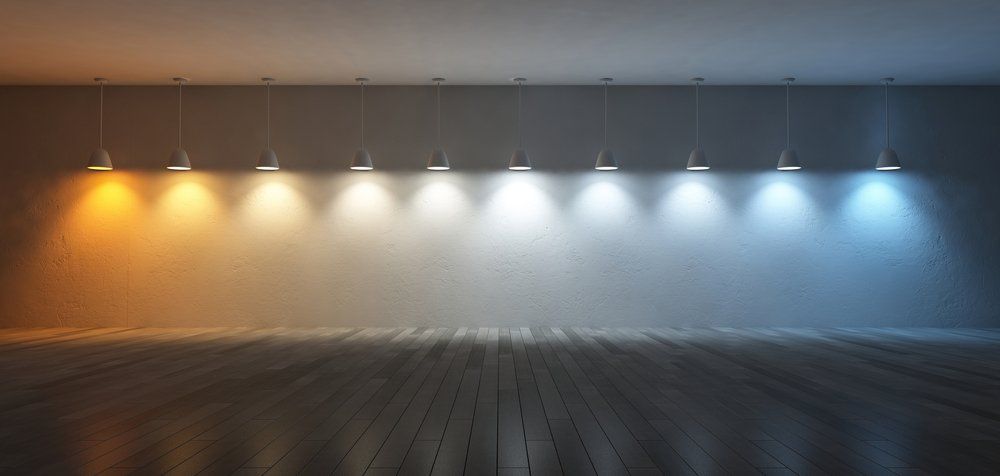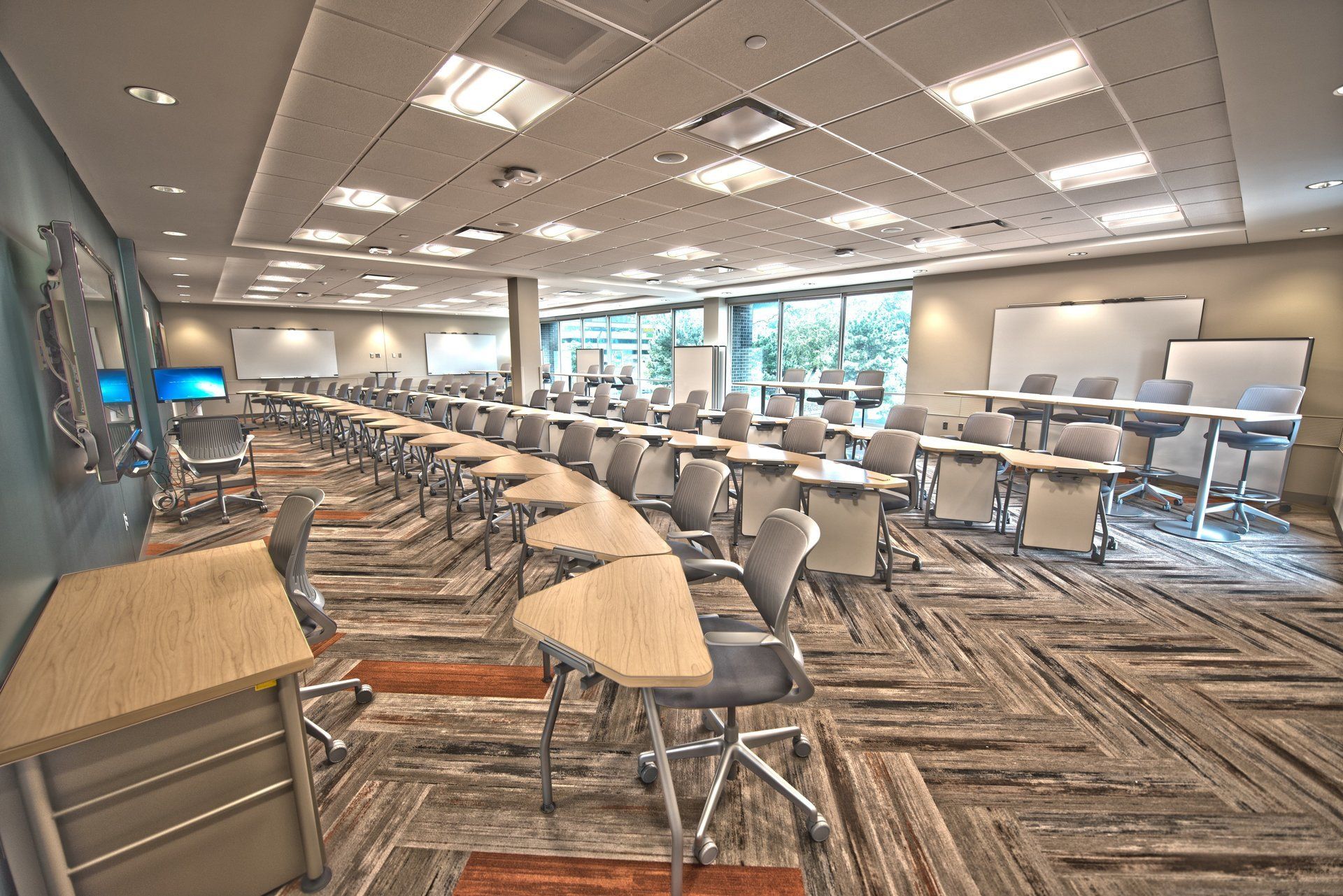LED 101

What Is LED Lighting?
LEDs are "solid-state" technology. While an incandescent or fluorescent light bulb uses a vacuum or gas to produce light, an LED uses solid matter. The production of light by an LED depends on passing electrons across a semi-conducting diode. On this small strip of metal, some electrons will transfer onto the positive side into gaps in the conducting diode until stimulated by a current. When stimulated, electrons move from negative to positive on the diode, passing from higher to lower orbitals, and back again. When they go from high to low orbitals, the electrons produce visible light. This transfer of electrons explains why different metals, with different electron configurations, produce different colored light when stimulated by a current.
Correlated Color Temperature (CCT)
Put simply, correlated color temperature ( CCT ) is the color of white light. CCT is expressed in degrees Kelvin, often shortened to K. You’ll typically see numbers like 2700 K and 5000 K written on lighting packaging. The lower the number, the “warmer” the color. 2700 K might be described as warm white and 5000 K may be considered cool white.
Lumens
Lumens are effectively the brightness of a white light source. A standard LED lamp capable of producing 470 lumens. It consumes about one sixth the energy of an incandescent light bulb producing the same light.
Watts vs. Lumens
- Watts is the measure of energy required to light the product. The lower the wattage the less energy consumed.
- Lumen/Light Output measures the light output. The higher the lumens, the more light that is emitted.
- Lumens per Watt/ Efficacy is the measure of efficiency. The higher the lumen per watts, the more efficient the product is.
Color Rendering Index
Color rendering index ( CRI
) is a measure of how “real” or accurate colors look under a white light source.
CRI values range from 0 to 100. For most applications, the higher the CRI, the better. Consider the appearance of people and objects under daylight. They tend to look great, right? Well, the CRI of daylight is around 100. Contrast this to an orange street light, where it’s hard to discern the color of anything. That street light has a CRI close to 0.
Myths about LED Lighting
1. Myth
: LED Lighting is too expensive
Truth
: To understand the true cost involved with LED lighting, we must consider the total lifetime cost. Only then can a value be determined. The lighting fixture will be more expensive, but electricity will be at least 75% less, no replacement light bulbs will be necessary and maintenance can be avoided.
FUN FACT:
We must begin to think of lighting less like a decorative item and more like an appliance that is plugged-in upon purchase and used until exhaustion, with minimal owner interaction.
2. Myth:
LED's are not bright enough.
Truth
: Incandescent lighting brightness was often measured in wattage, rather than the correct metric, lumens. Consequently, people are selecting the inappropriate lamp. It is time to start buying lamps and lighting by lumens.
FUN FACT
: The Federal Trade Commission has mandated that the largest number on light bulb packaging must now be lumens, so purchasing lighting will be easier.
3. Myth:
LED technology is still changing. You should wait until they get better.
Truth
: LED are in a continual state of change, but waiting is not really an option. Like computers and mobile phones, LED lights may never stop evolving. Imagine saying you will not buy and use a computer until they stop changing.
FUN FACT:
The United States Department of Energy study on LED states that LED will continue to show improved efficacy, increased life, and lower cost at least until 2025 and perhaps beyond that.



